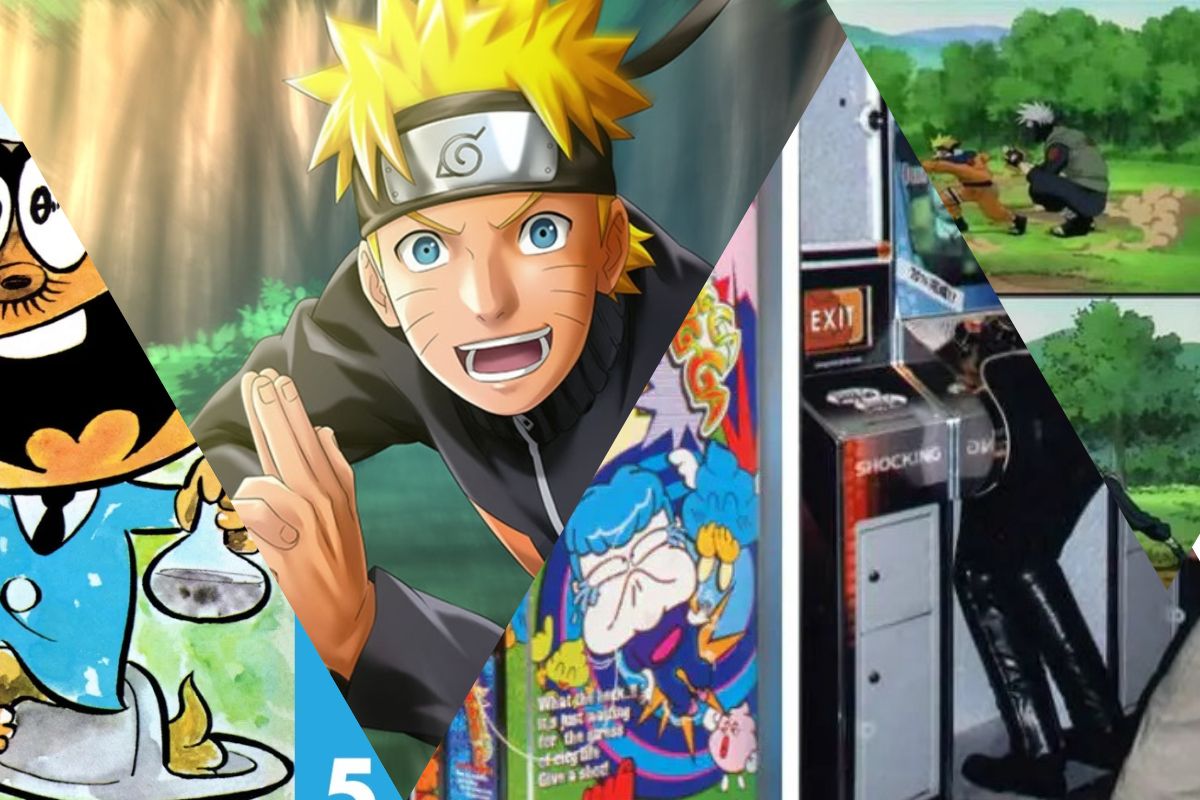A peculiar Japanese practical joke
There’s a gesture that you have probably seen a lot of times while watching some anime but you can’t explain it. I’m talking about the prank called kancho.
It’s unclear where the “kancho” practical joke came from. It is thought to have its roots in Japan, where it is a common type of bullying involving kids. It might have started as a way for kids to show off to their friends or as a kind of humor that adults don’t really get.
Anime
As explained here, some anime lovers in the West may be familiar with this practice. This outdated slang for enema basically refers to a type of practical joke or prank that involves making an imaginary gun-like shape with one’s fingers and sticking them into the anus of an unaware victim, usually a childhood friend or younger sibling, but it can also occasionally involve an adult family member or teacher.
Without a doubt, this behavior would be viewed as inappropriate at best and as a kind of sexual assault at worst in the majority of the world outside of East Asia. But in Japan, everyone is familiar with kancho, who has even developed a strange cult following and once was a mainstay of family-friendly stand-up comedy.
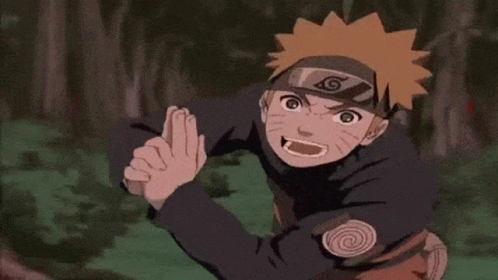
It’s understandable if anime viewers think that Kishimoto Masashi’s Naruto is where the term “kancho” first appeared. Secret Finger Jutsu: A Thousand Years of Death (Sennen Goroshi), one of the eponymous character’s early characteristic moves, undoubtedly contributed to the action’s widespread appeal by motivating hordes of young Japanese viewers (and perhaps even fans from other countries) to give it a try. Kancho, however, truly exists for at least 50 years before the Naruto series.
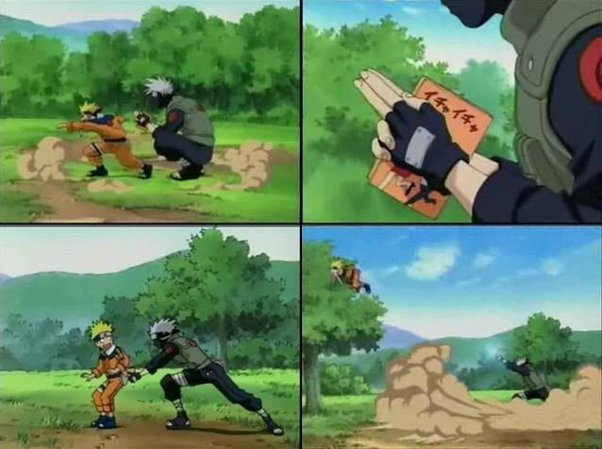
Martial Arts
This is due to the fact that kancho is an (albeit greatly modified) rendition of true martial arts moves from the Shorinji Kempo or Shaolin Temple Boxing school.
Shaolin Temple Boxing, established in 1947 by Sou Doshin, a Japanese martial artist and former military intelligence agent, is heavily influenced and inspired by Shaolin Kung Fu techniques, and just so happens to include an attack known as sannen goroshi.
The move, which literally translates as “three-year killer” uses both the middle and the traditional ‘gun’ index fingers to strike the opponent’s perineum with the intention of incapacitating them. Such a name is likely because the pain from such a vicious blow would remain for three years.
Manga
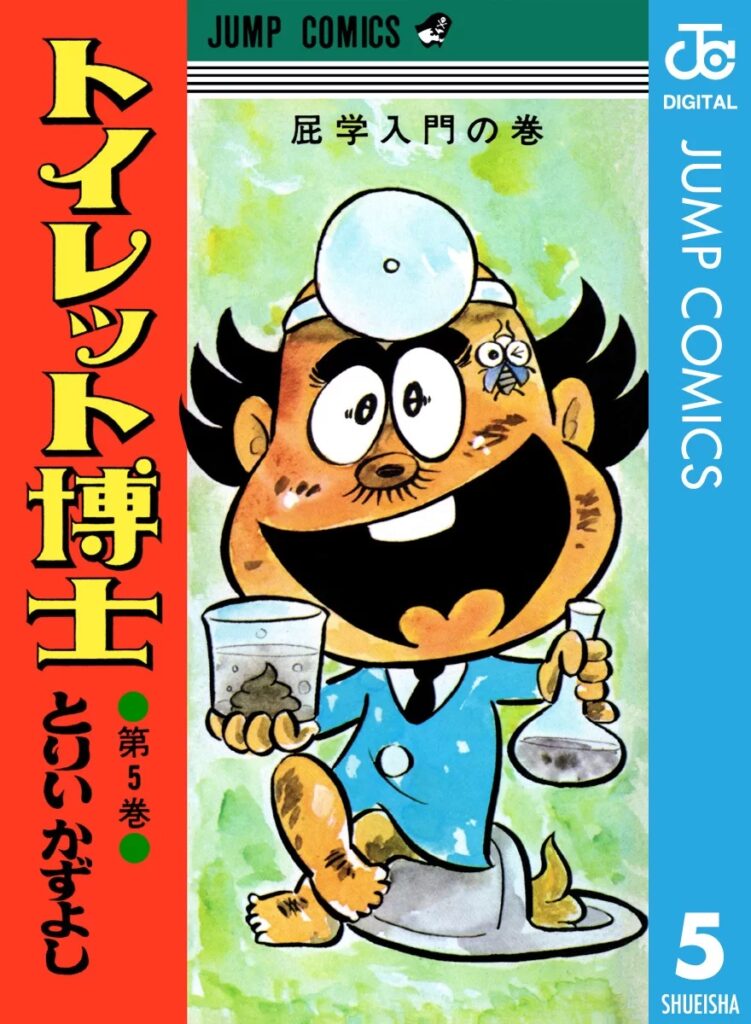
The practice of kancho, as it is currently known, originated in martial arts and subsequently entered popular culture. One of the first times it was widely used in more modern media was in Torii Kazuyoshi’s Dr. Toilet (Toilet Hakase) Shonen Jump manga from the 1970s.
Dr. Toilet was a parody manga that ran from 1970 to 1977 and featured a scientist as a protagonist who focused on scatology and worked in a toilet-shaped laboratory. While Torii tragically departed suddenly in 2022 at the age of 75, his legacy has undoubtedly continued in at least one form. The manga was particularly well-liked among its target audience of teenage and younger Japanese guys.
Videogame
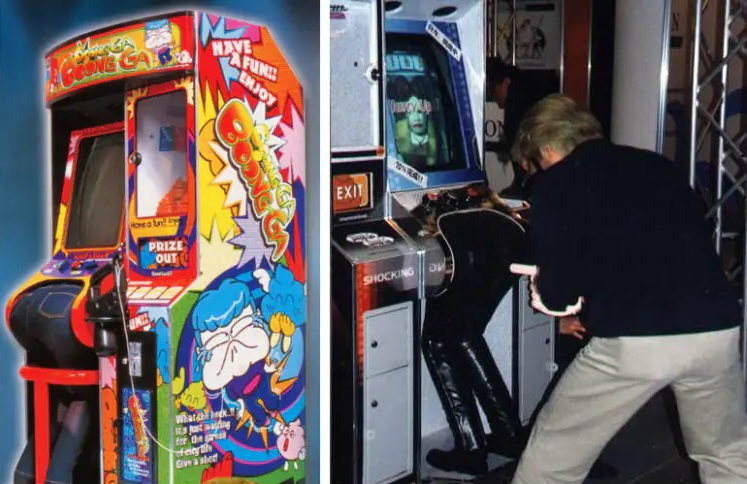
However, Torii’s Dr. Toilet was not the main source of kancho’s later popularity among the broader Japanese populace. Boong-Ga Boong-Ga, also known as Spank ’em, an arcade game created in South Korea expressly for the Japanese market, deserves a mention as well. It is said to have garnered positive reviews when it made its debut in 2000 at the annual Tokyo Game Show conference. Boong-Ga Boong-Ga is still well-known today for being the first arcade game to physically replicate kancho using a pair of fake buttocks and a huge plastic finger, despite the fact that only five units were ever issued.
While Naruto may have been one of the first major anime and manga franchises to include a character practicing kancho on a regular basis after Dr. Toilet, it has also been featured in a wide variety of other works. Consider Bobobo-bo. Kancho-Kun, who goes by Mr. Enema or The Splinter in the English-language manga and anime adaptations of Bo-bobo, is a character in the game Bo-bobo whose sole purpose in life is to use his namesake technique to harm other people.
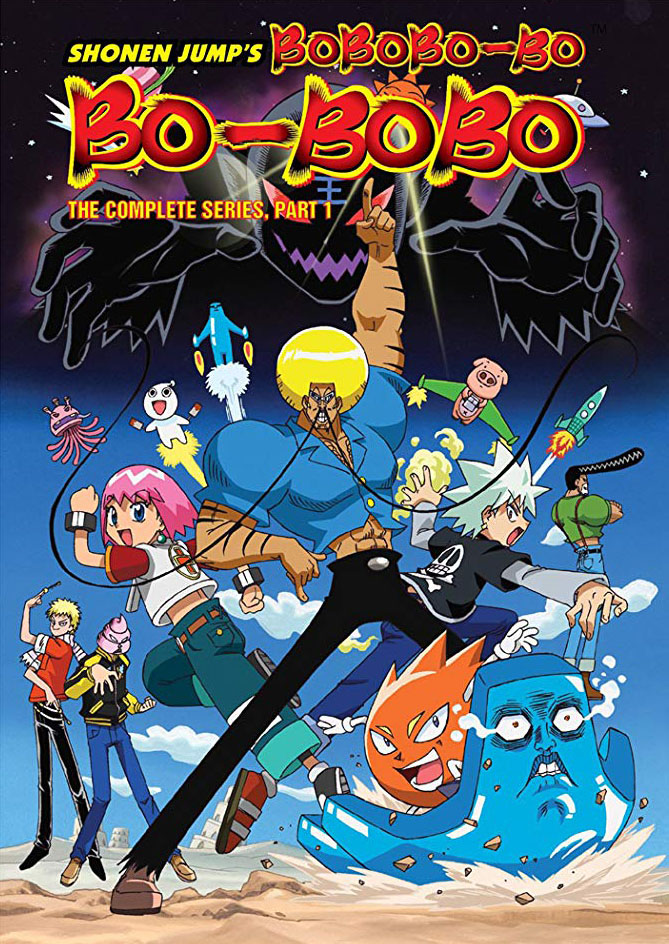
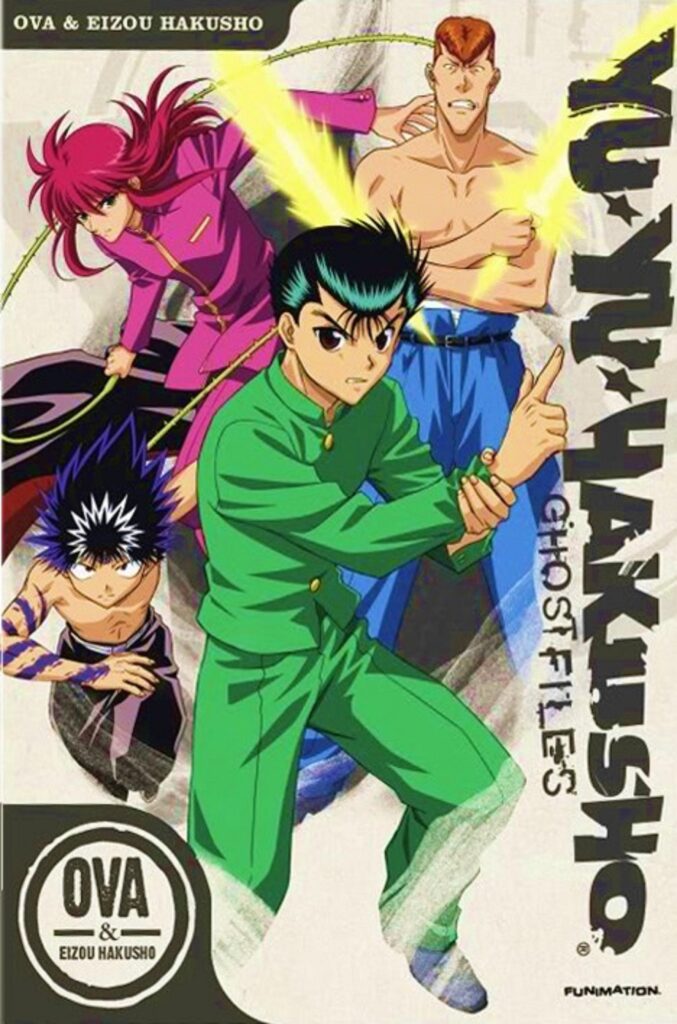
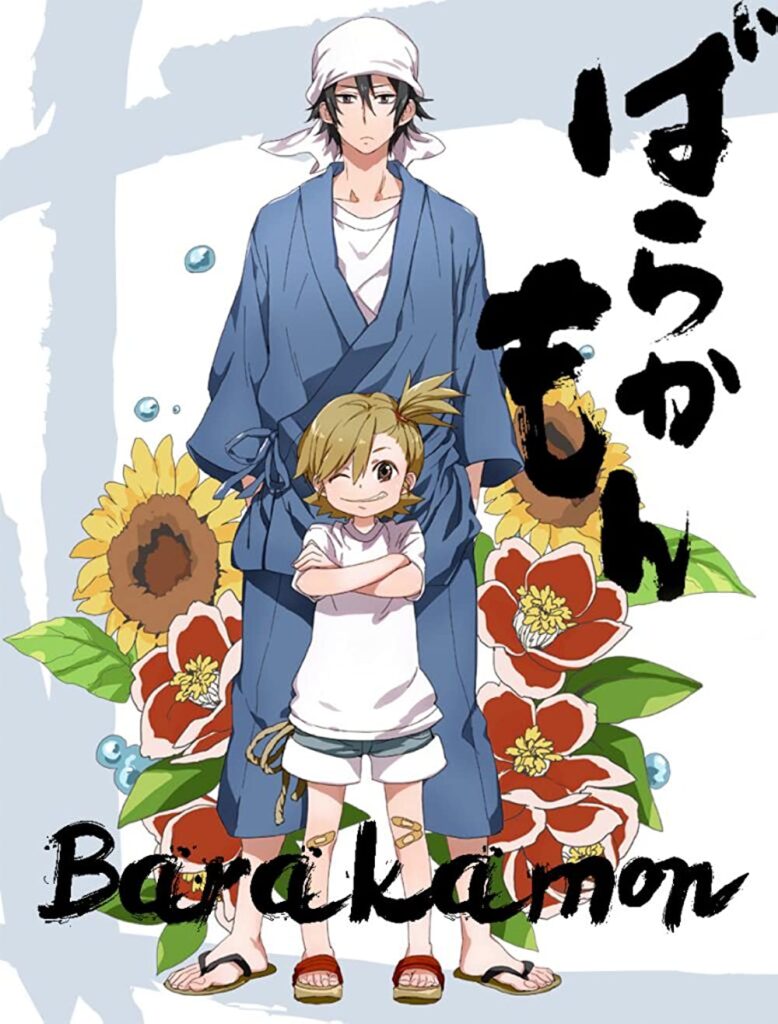

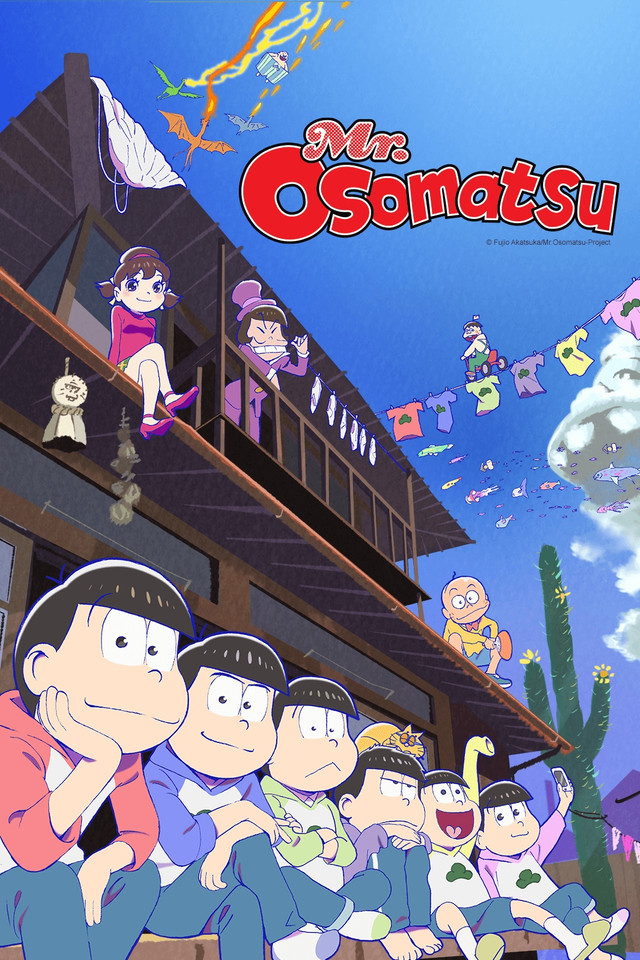

However, kancho is not a gesture limited purely to comedy and parody titles. Thanks to other well-known franchises like the martial arts adventure Yu Yu Hakusho, the heartwarming slice-of-life series Barakamon, and unabashed satires like Gintama and Osomatsu-san, among many others, anime and manga fans may also be familiar with kancho. In addition, kancho has developed outside of Japanese popular culture to the point where it is occasionally encountered in Western media, with Rick and Morty serving as one famous example.
Whether to the joy or dismay of fans of anime/manga or Japanese pop culture in general, kancho has amassed enough notoriety both domestically and internationally that the gesture has made its longevity well known. For better or worse, kancho has most likely permanently ingrained itself into the cultural landscape, despite the possibility that its popularity will continue to rise and fall over the years.

